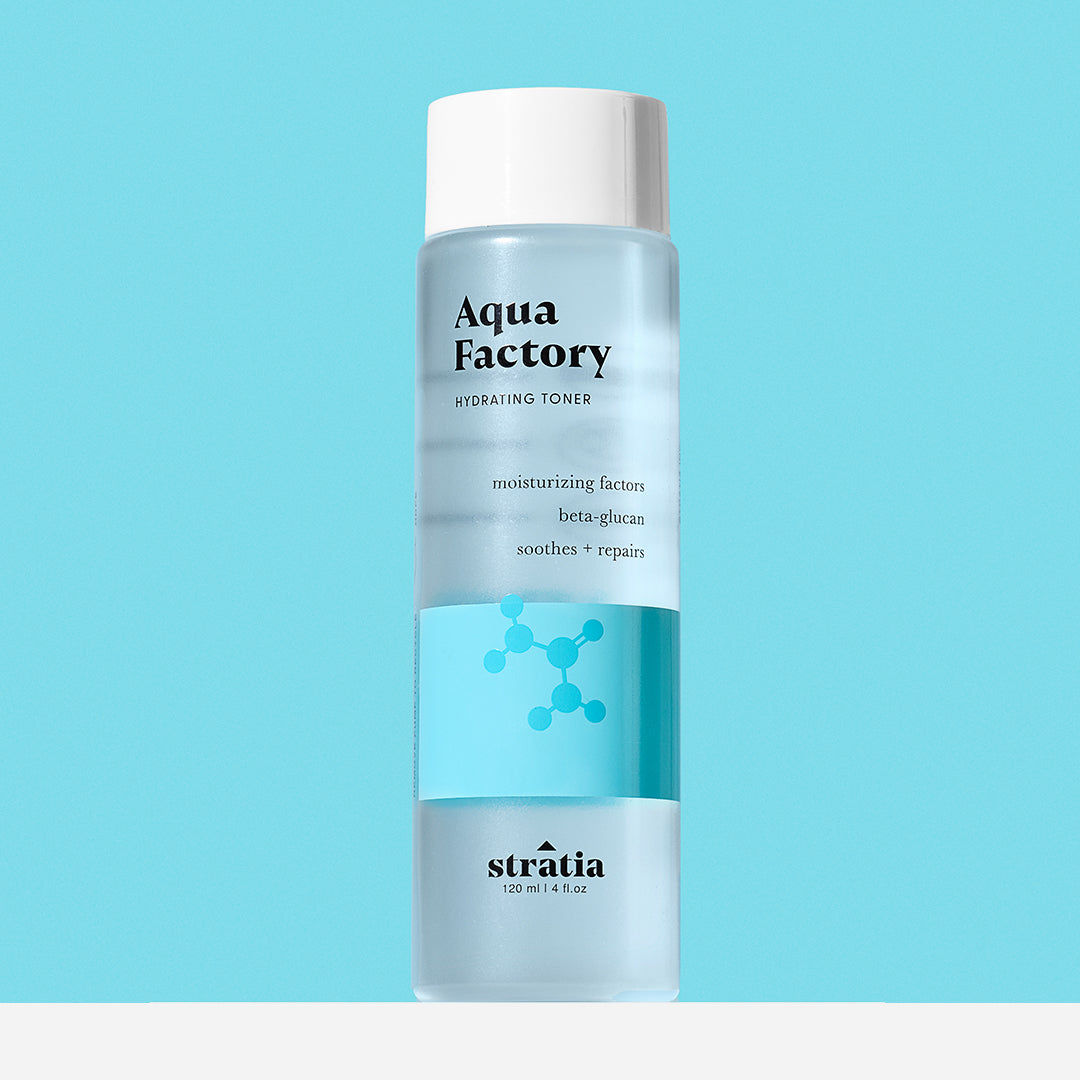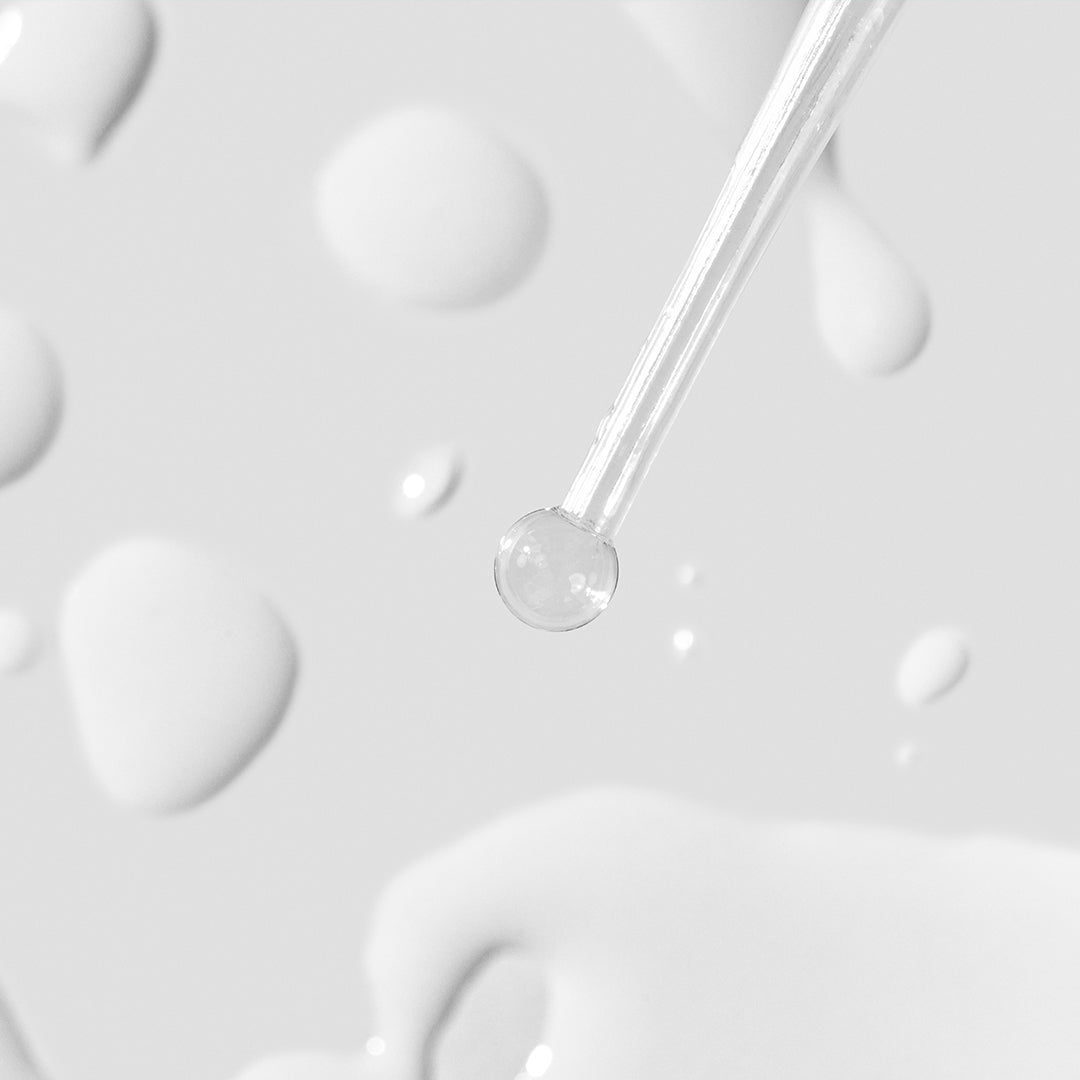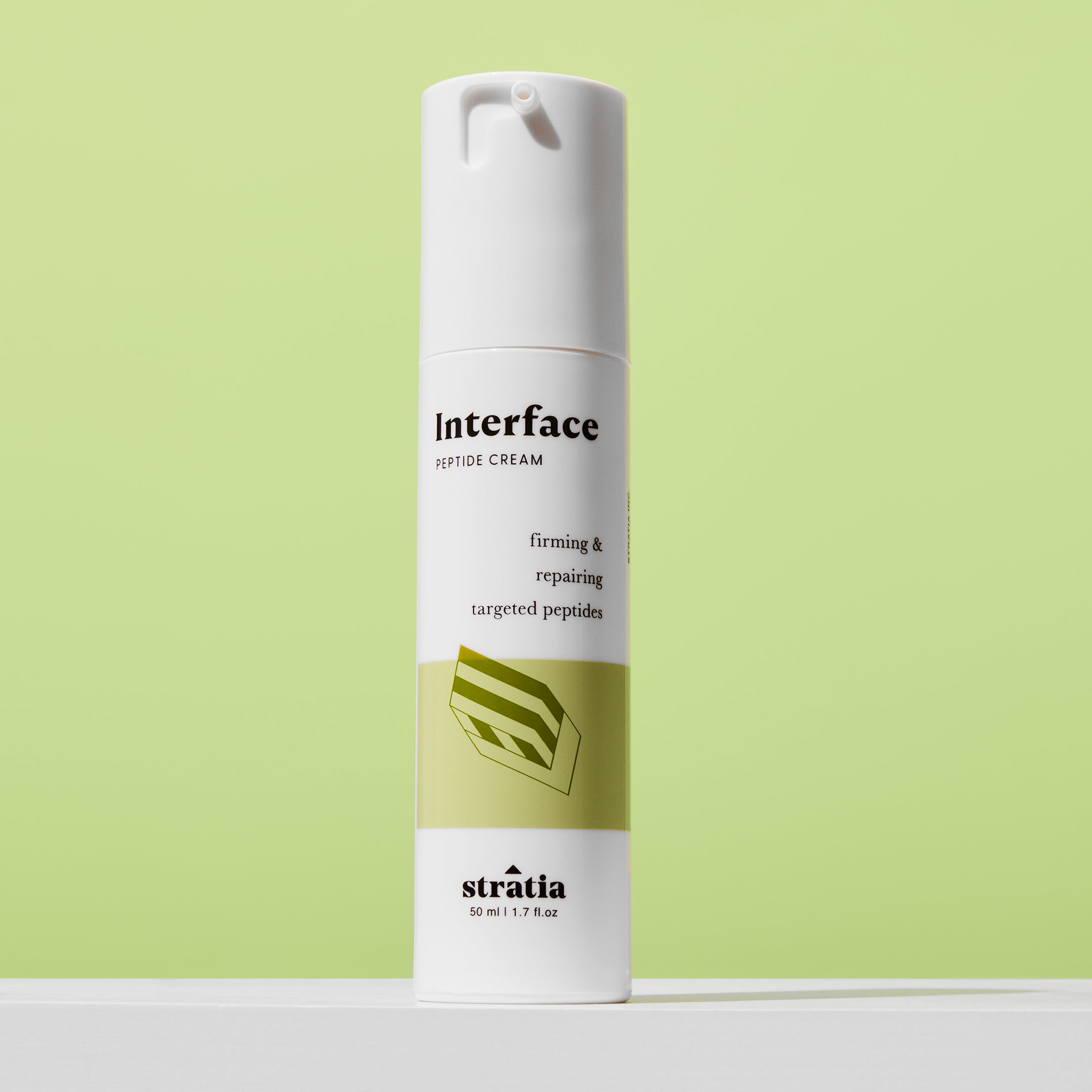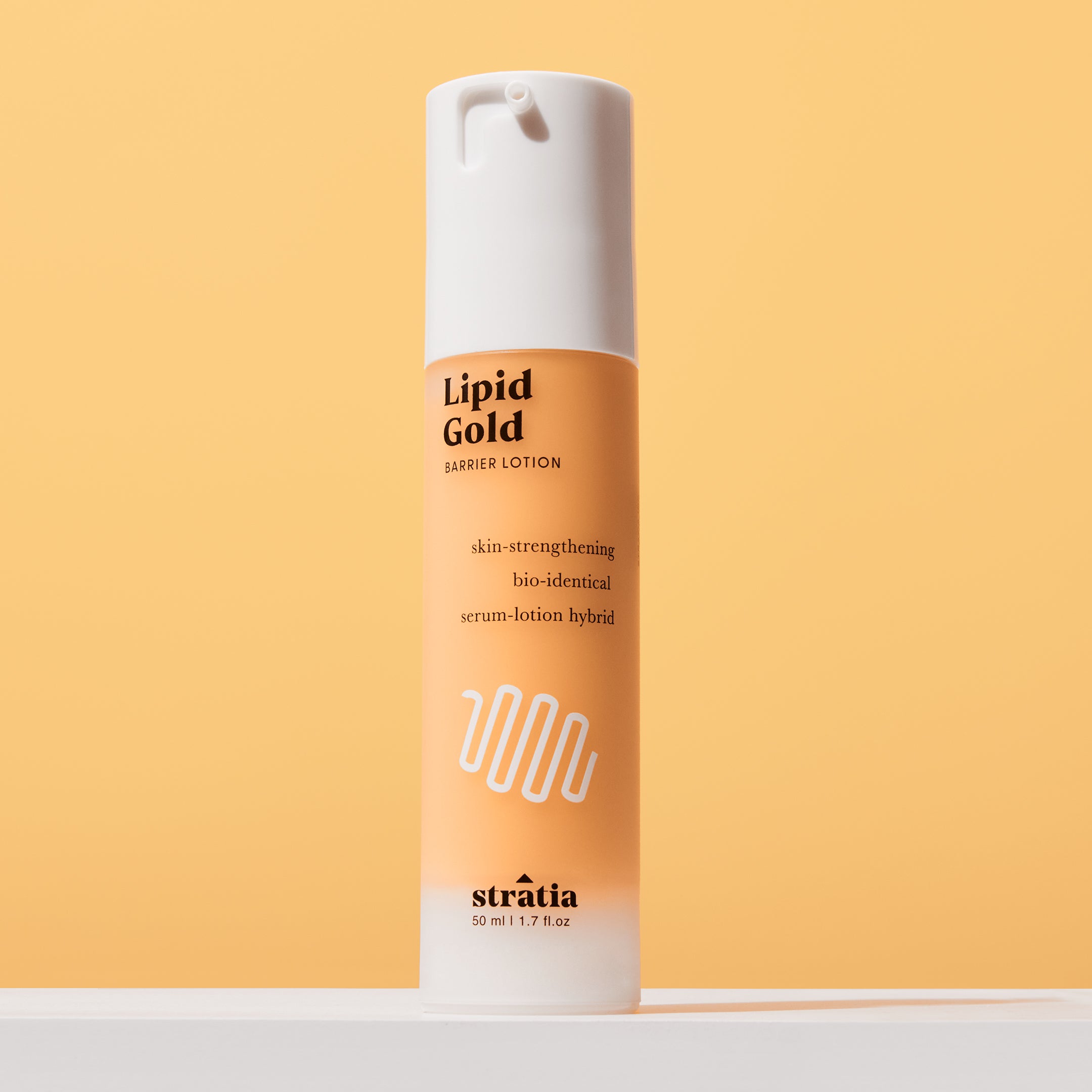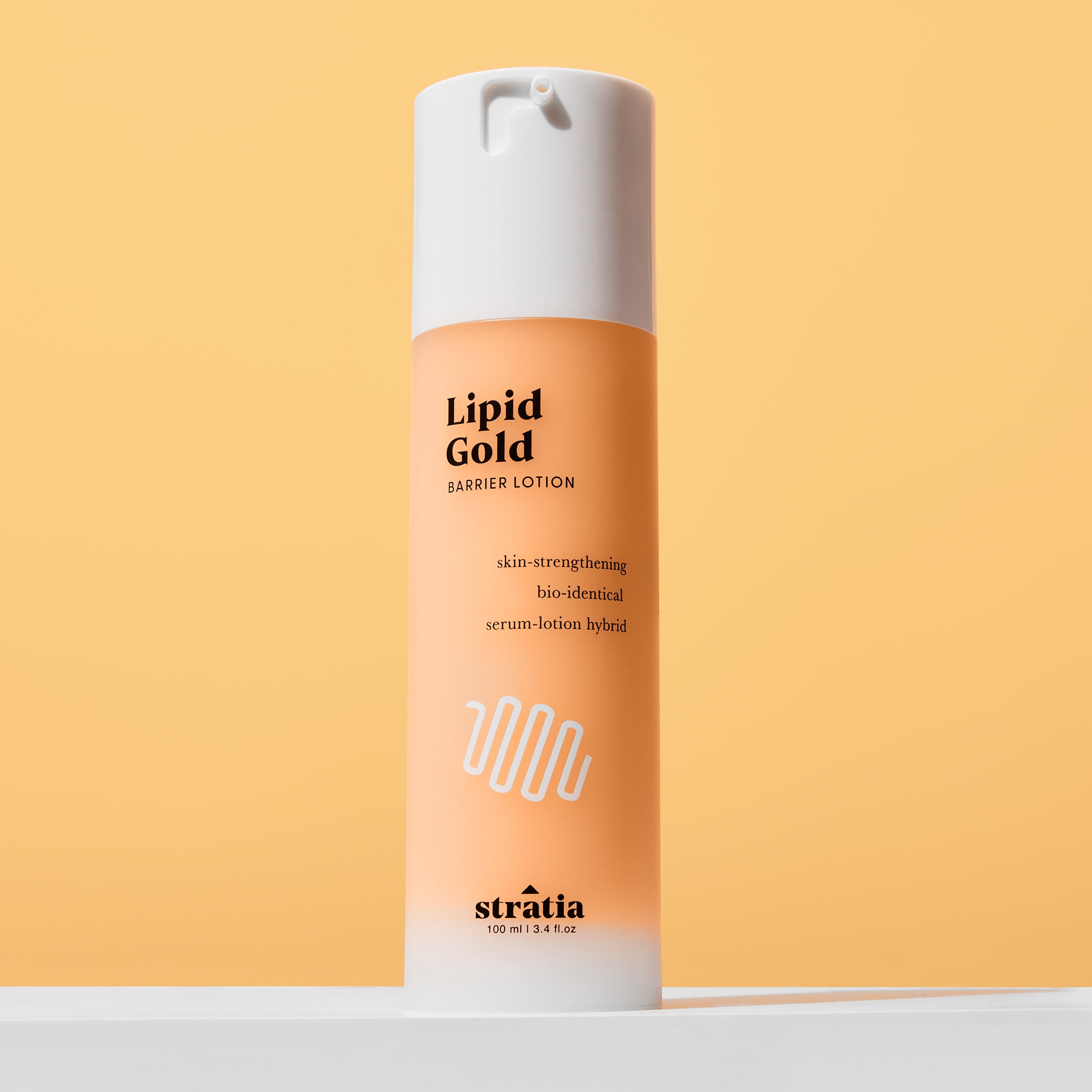Glycerin is perfect for all skin types, even the most sensitive skin. The main drawback is its texture - at high levels, it can feel sticky like syrup. However, good skincare formulas use combinations of ingredients to reduce that tacky feeling while still giving you a high level of this hydration hero.
Glycerin works in a few different ways. First, it’s highly hygroscopic, meaning it draws moisture to itself even in low-humidity environments. That means it’s great for hydrating skin - in fact, it works as well or better than just about every other humectant on the market.
Second, it expands the space between skin cells, which helps in two ways. It increases the amount of moisture the skin can hold onto it, and it also plumps the appearance of the skin which can reduce the appearance of fine lines.
Third, it can stimulate and speed up barrier repair. Your skin’s moisture barrier is crucial for overall skin health, and in studies, skin treated with glycerin showed faster barrier repair than skin treated with a non-glycerin control formula.
Finally, it can regulate the microscopic water channels in your skin called aquaporins. By doing this, glycerin can actually increase the hydration level of the skin long after it’s washed off.
Glycerin may sound like a boring ingredient, but it truly is magical.
Back to Ingredients

INGREDIENT GLOSSARY • Humectant
Glycerin

AT A GLANCE
Glycerin
Skincare’s most popular humectant, drawing moisture to the skin’s surface.
Type of Ingredient
Humectant
Why we use it
Cheap, effective, and non-irritating: glycerin is a perfect trifecta for skin moisture. Glycerin is a gold-standard humectant, meaning it draws moisture to itself and helps keep the skin soft and hydrated. It also protects the skin from irritation and can help other active ingredients penetrate deeper into the skin.
What it’s in
Interface, Lipid Gold, Lipid Gold Eye Cream, Rewind, Soft Touch AHA, Velvet Cleansing Milk, Night Shift
Shop This Ingredient
